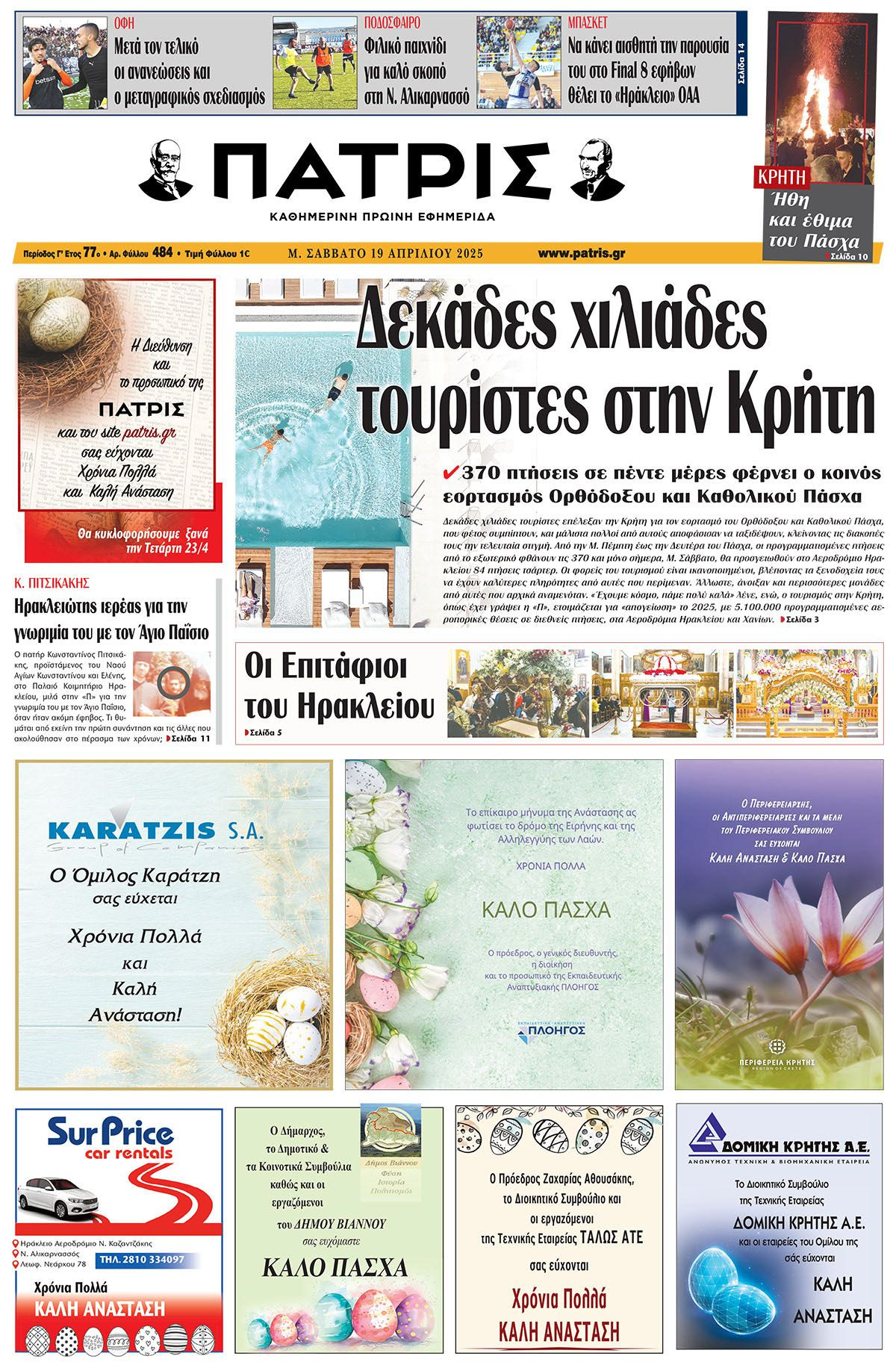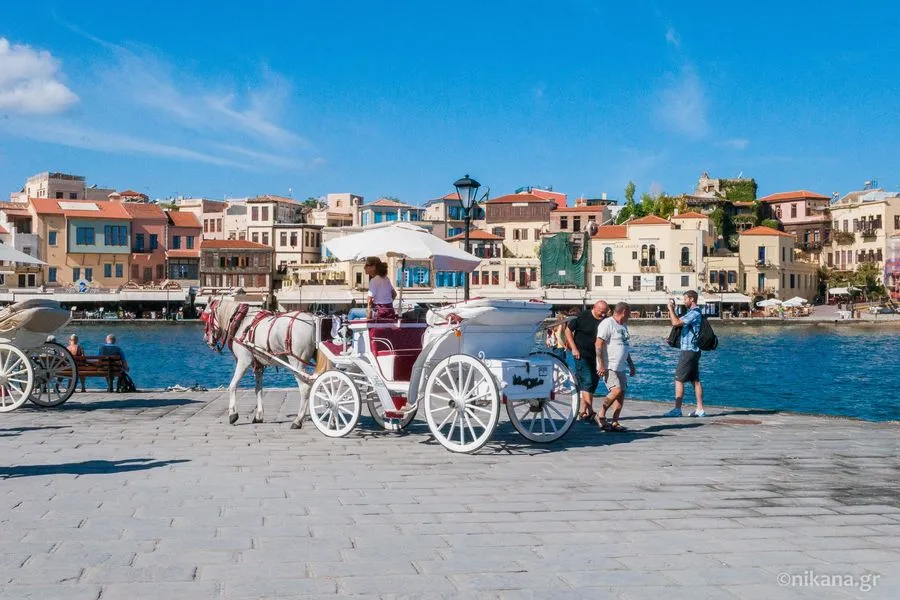Nearly half of all foreign visitors to Chania are under 40, enjoy high incomes, and show a clear preference for local cuisine and day trips—eschewing the traditional “all-inclusive” model.
These insights come from a detailed survey conducted by the Western Crete Tourism Observatory, based on 2,500 responses collected at Chania Airport. According to Fraport Greece data, 2024 saw a record number of international arrivals at the airport, surpassing 1.5 million—a rise of 8% compared to 2023.
Only 16% Choose All-Inclusive
More than half (55%) of travelers organize their trip independently, although bookings through travel agents are up by 5%. Accommodation preferences remain stable: 60% opt for hotels, with two-thirds choosing 4- or 5-star options. Only 16% of tourists selected all-inclusive packages.
Spending Patterns and Popular Spots
Visitor spending rose by 8%, reversing last year’s downward trend. The biggest increases were in dining (+7%) and local products (+3%), while spending on accommodation and transportation remained steady. Tourists from the U.S., Canada, and Australia led the way in overall spending, particularly in food and shopping for local goods.
Chania’s iconic beaches—Elafonisi, Balos, and Falassarna—remain top attractions, though repeat visitors are starting to skip them. Among those who had visited Western Crete before, 35% chose not to return to Balos, and 20% passed on revisiting Elafonisi and Falassarna. Meanwhile, 35% of tourists chose not to take any trips beyond their immediate area of stay, a 4% increase from last year.
Local agricultural products continue to draw strong interest. Around 60% of repeat visitors buy more local goods than first-timers, with olive oil, honey, wine, and cheese being the top favorites.
Satisfaction and Areas for Improvement
Satisfaction with Crete’s natural beauty, climate, cuisine, and local hospitality remains high at 93%, though there’s a 5% drop in the number of visitors who said they were “very satisfied.” Cleanliness and museum experiences saw notable declines in satisfaction, while complaints about bike lanes, traffic congestion, and limited parking rose by 7%.
Getting Around: Car Rentals Remain Popular
Car rentals continue to be the preferred mode of transportation, with an average usage of seven days. Scandinavian visitors, however, reduced their rental periods by 43%, while Mediterranean tourists increased theirs slightly. Bus use declined across all nationalities, with the sharpest drop seen among visitors from the U.S., Canada, and Australia.
A striking 90% of tourists said they would return to Western Crete. Additionally, 54% expressed interest in visiting during the winter—if direct flights were available. Meanwhile, four in ten travelers view the destination as sustainable, though this figure dropped by 10% compared to last year, underlining the need for more effective management of tourism growth.
Global Concerns: The Trump Tariff Effect
The report closes with a note of caution: the recent imposition of tariffs by the Trump administration, which may trigger a global recession, is causing concern about shrinking disposable income for international travel. It could also lead travelers to alter their plans or consider alternative destinations, including those who had intended to visit Crete.
This evolving situation highlights the need for constant vigilance and adaptability among tourism stakeholders, who must be prepared to respond swiftly to emerging global challenges.


